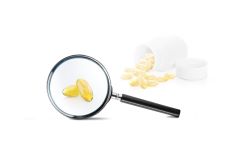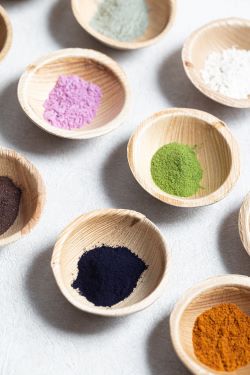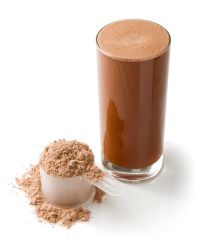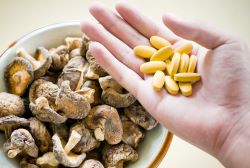Resources
Search >>
Search >>
Discover expert insights into navigating Out-of-Specification (OOS) results and CAPA investigations. Learn key steps and strategies our technical team uses to resolve unexpected analytical outcomes effectively.
Explore a real-world OOS case study where collaborative investigation revealed formulation challenges as the root cause. Learn how targeted troubleshooting helped a client improve product consistency and manufacturing protocols.
Learn how a lab resolved inconsistent OOS results in a vitamin chew by identifying a wax-related dissolution issue. Discover how method adjustments and tailored procedural notes improved accuracy for unique formulations.
Get key insights from the MAHA Commission’s second report, released September 9, outlining strategic steps for implementation and updates to its original findings.
Discover why analytical testing is essential for dietary supplement and confectionery brands reformulating with natural colors—ensuring compliance, quality, and consumer trust.
Discover how SDS-PAGE, a powerful protein analysis method, supports ingredient quality, transparency, and innovation in the food industry—from meat and dairy to plant-based products.
Discover how the Eurofins Botanicals and LeafWorks partnership are advancing transparency in the booming functional mushroom market with species-specific DNA ID testing. Ensure product authenticity, support label claims, and meet regulatory standards with cutting-edge qPCR assays and comprehensive analytical solutions.
Dietary fiber testing in supplements is a highly complex process, requiring careful selection of testing methods customized to specific fiber sources. Many companies may struggle with choosing the right dietary fiber testing methodology, often defaulting to the most convenient or cost-effective option without realizing the implications. This blog will review common types of dietary fiber sources used in supplements along with strategies to ensure accurate and timely results.
In today’s food, dietary supplement, and beverage industry, ensuring accurate sugar content in products is more important than ever. With increasing consumer awareness about nutrition and stricter regulatory requirements, companies must verify and control the levels of sugars present in their products. Sugar testing plays a vital role in maintaining product quality, meeting labeling regulations, and supporting claims such as “low sugar,” “no added sugar,” and “zero sugar.” This blog explores the different types of sugars and sweetener alternatives and considerations when submitting products for testing.















